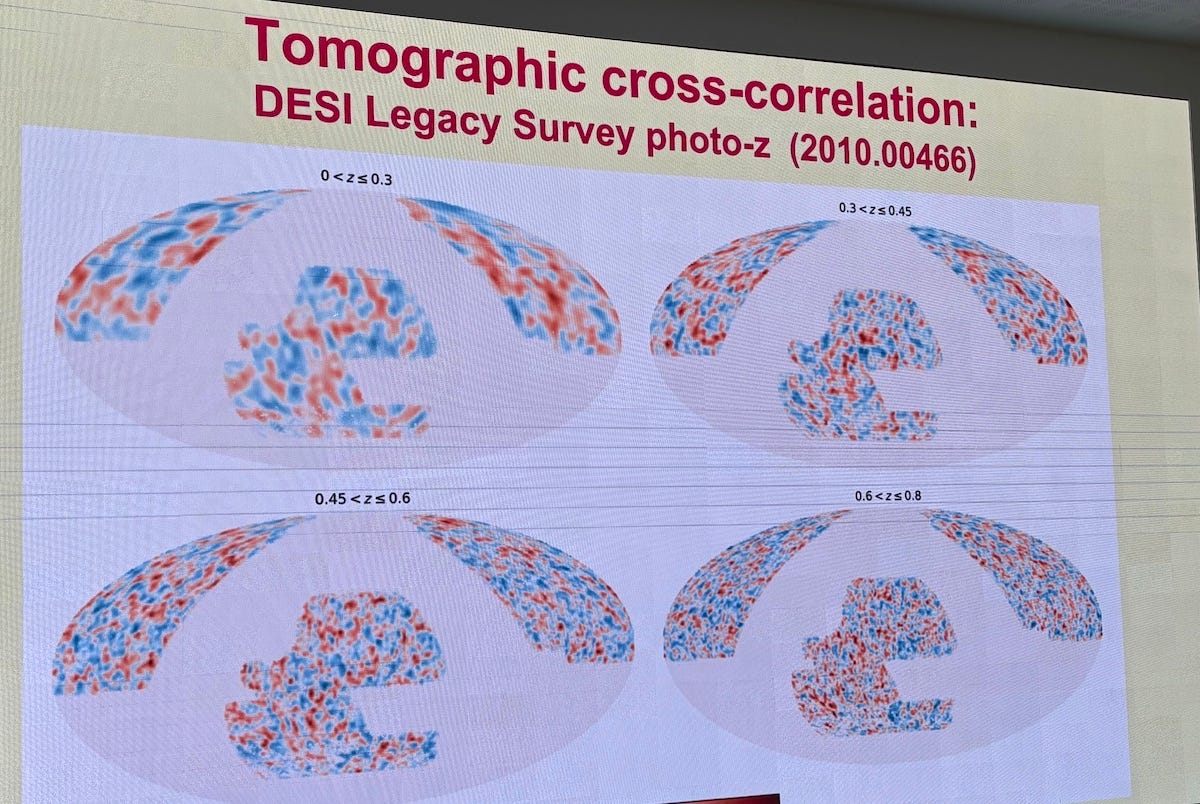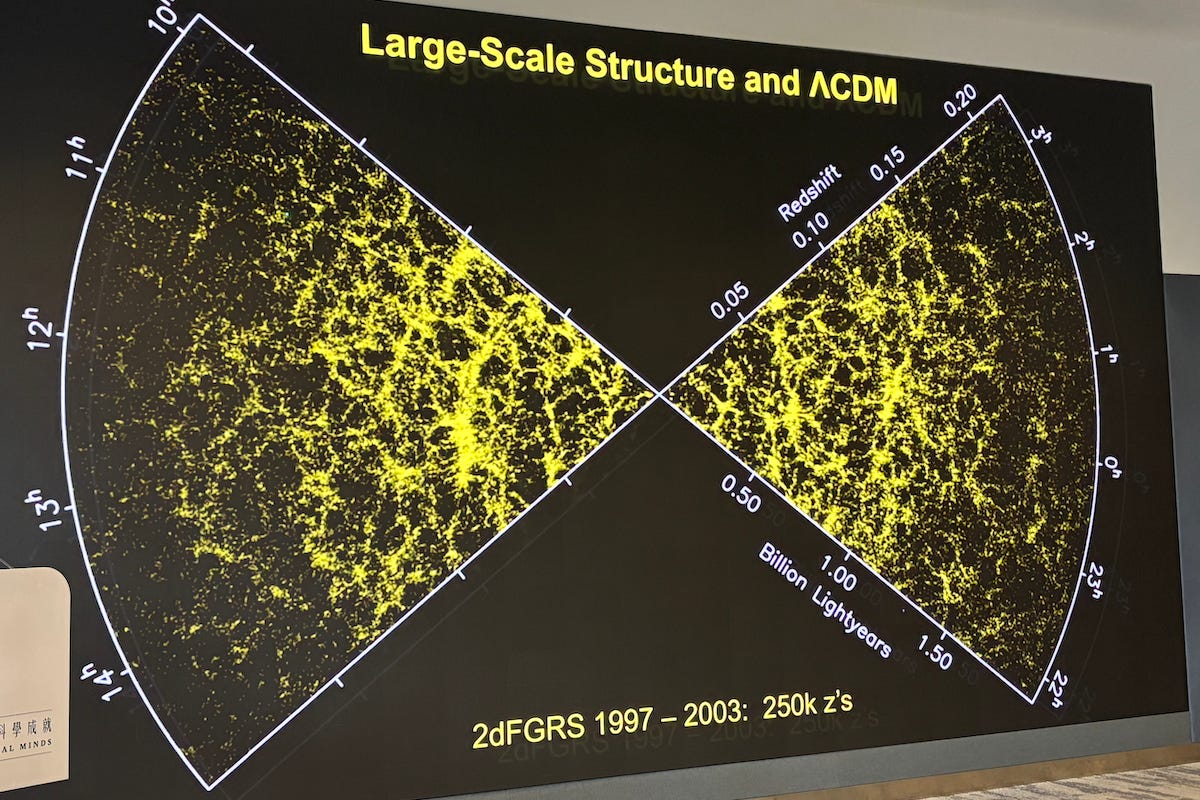Europe and the US Face a New Era of Space‑Science Constraints
A leading cosmologist outlines how tightening budgets, mission risks, and shifting alliances are redefining the global space‑science landscape
A period of intensified pressure is emerging across major U.S. and European science programs, with funding constraints reshaping the trajectory of leading space missions. Long‑standing partnerships and flagship projects now face structural risks that could alter global research leadership.
British cosmologist John Peacock warns that Europe and the United States are entering a period of intensified pressure on major science programs, with funding constraints reshaping the trajectory of leading space missions. Long‑standing partnerships and flagship projects now face structural risks that could alter global research leadership.
In a media briefing in Hong Kong, he pointed out that China’s rapid investment trajectory contrasts with the tightening budgets in the US and Europe.
“China is on a great growth curve. They’re investing in science at a level that looks to me like the West is no longer able to match,” he said. “In Europe, we hope we can take up that opportunity, but sustained investment in people and major facilities is essential.”
“China is investing not only in people, but also in massive new facilities, so probably in terms of future generations of hardware, that’s where the leadership will be,” he said.
He highlighted the immediate risks tied to NASA’s proposed 40% cut to its science budget, noting its downstream impact on global collaboration.
“If NASA withdraws participation in missions like LISA (Laser Interferometer Space Antenna), the implications are severe because the more spacecraft you have, the better you can measure a gravitational‑wave disturbance,” he said.
The professor also addressed the increasing influence of private capital.
“National laboratories are certainly working closely with commercial organizations launching small satellites. Those partnerships are growing because it’s a natural way of employing their expertise,” he said, while noting that academic research remains mostly insulated from commercial agendas.
Europe’s strategic counterweight continues to be the European Research Council (ERC)’s long-term funding model.
He called it “a great mechanism for innovation,” describing how its multi‑year grants enable researchers to build sizable teams and pursue high‑risk, high‑reward projects.
He noted that reporting requirements for the ERC funding are more rigorous than for domestic U.K. funding, yet the grants still offer researchers enough flexibility to pursue ambitious, long‑range investigations.
Dark Energy and Human Relevance
Peacock is known for his work on large‑scale structure, galaxy evolution, and gravitational physics. He co‑led the landmark 2dF Galaxy Redshift Survey, authored the influential textbook Cosmological Physics, and received the Shaw Prize in Astronomy in 2014.
When asked by TechJournal.uk about the practical value of dark‑energy research for the public, he offered a disarmingly honest response.
“I don’t claim that astronomy is going to have the same impact on people’s lives as biomedical science,” he said. “But everyone has stood out on a dark night, looked at the sky, and wondered what is up there. I feel it’s a huge privilege to be paid to try to answer a question everybody asks.”
He added that fundamental science often delivers outcomes no one can foresee.
“I can’t tell you that dark energy could be used to make a bomb or be a source of energy for peaceful purposes,” he said. “But until we know what it is, we don’t know what’s possible in the future.”
He returned to Hong Kong for the first time since 2014, attending the 2025 Hong Kong Laureate Forum between November 5 and 8. The event, sponsored by the Lee Shau Kee Foundation, brought together leading scientists and 200 young researchers to discuss frontier developments in science.
At the Forum, he delivered a structured overview of modern cosmology, focusing on how scientists built today’s standard model of the universe.
In clear terms, he explained that cosmology progressed astonishingly quickly: within a single human lifetime, researchers went from near‑ignorance to a consistent model describing expansion, structure formation, and the influence of dark matter and dark energy.
He described how early observations showed galaxies moving apart, how relic radiation from the Big Bang provided a snapshot of the infant universe, and how small temperature variations in that radiation revealed the seeds of cosmic structure. These fluctuations grew into galaxies and clusters—evidence that a hidden form of matter exerts gravitational pull.
Dark energy, he noted, acts as a kind of “anti‑gravity,” accelerating the universe’s expansion. Measurements revealed that space carries energy, a discovery that reshaped cosmology in the late 20th century.
The standard model, he said, emerged from decades of comparing observations—such as galaxy maps and cosmic background radiation—to theoretical predictions, producing one of the strongest data‑model alignments in modern science.
Expanding Global Access to Astronomy
He highlighted that one of the most transformative shifts in modern astronomy is the widening access to high‑value data. Major observatories now release extensive archives to the public, allowing researchers—and increasingly, students—from anywhere in the world to engage with frontline science. This, he said, is reshaping how talent enters the field.
“Astronomy is becoming much more open,” he explained in earlier remarks. He noted that researchers no longer need direct access to elite telescopes to produce competitive work, since many of the most powerful datasets are freely available.

He added that large‑scale surveys, space missions, and long‑baseline observatories are generating unprecedented volumes of information, creating opportunities for emerging scientists skilled in data analysis and computational methods. He said this democratization is accelerating discovery and helping smaller institutions contribute meaningfully to major research outcomes.
Such openness is also driving new models of collaboration, allowing teams distributed across continents to combine expertise, share code, and test ideas rapidly. He sees this trend strengthening the global research ecosystem, particularly as new observatories and next‑generation instruments come online.
Charting the Path Forward
Looking ahead, he sees a disciplined phase for cosmology—one focused on validating data quality and pursuing clearer answers to the nature of dark matter and dark energy. The standard model may be stable, but its physical foundations remain mysterious.
He argued that the next breakthroughs will emerge from better instruments, deeper surveys, and precision calibration rather than radical theoretical shifts. He also encouraged the next generation to see opportunity in the field’s rapid evolution.
“Careers in science are often a matter of luck,” he said. “You have to be ready when an opportunity comes along.”
He noted that large survey projects, open‑data platforms, and expanding international collaborations are creating more entry points for young researchers than ever before.
“Astronomy is a fantastic way to bring people into physics,” he said in earlier remarks, adding that the growing accessibility of high‑quality data means motivated students can contribute meaningfully from almost anywhere.
“If you have the skills and the curiosity, you can make real progress even without direct access to big telescopes.”
He emphasized that opportunities will come from aligning with major observatories, leveraging open data, and tapping into large research frameworks such as those in Europe.
As he noted elsewhere, careers often hinge on timing and preparedness. In an era of global competition and shifting funding priorities, the ability to engage with international teams and high‑value datasets will define the next generation of scientific leadership.





